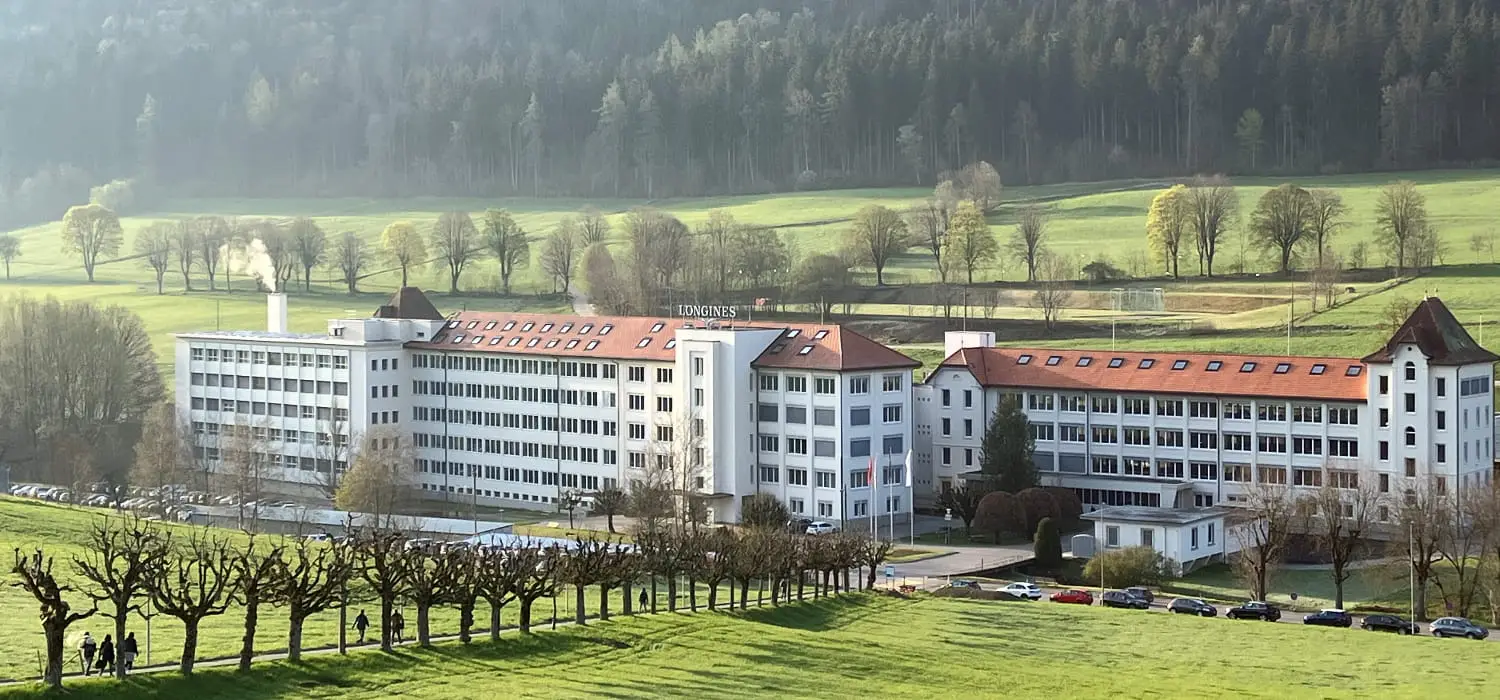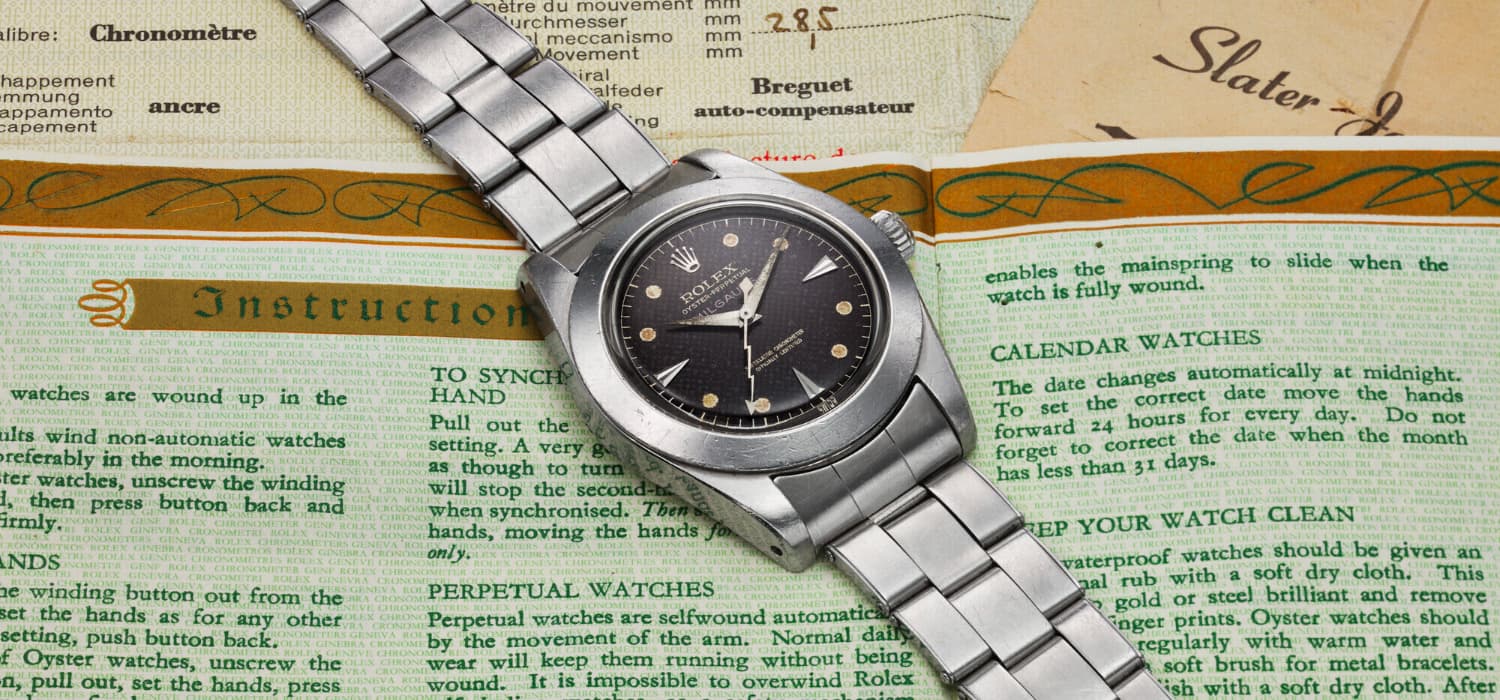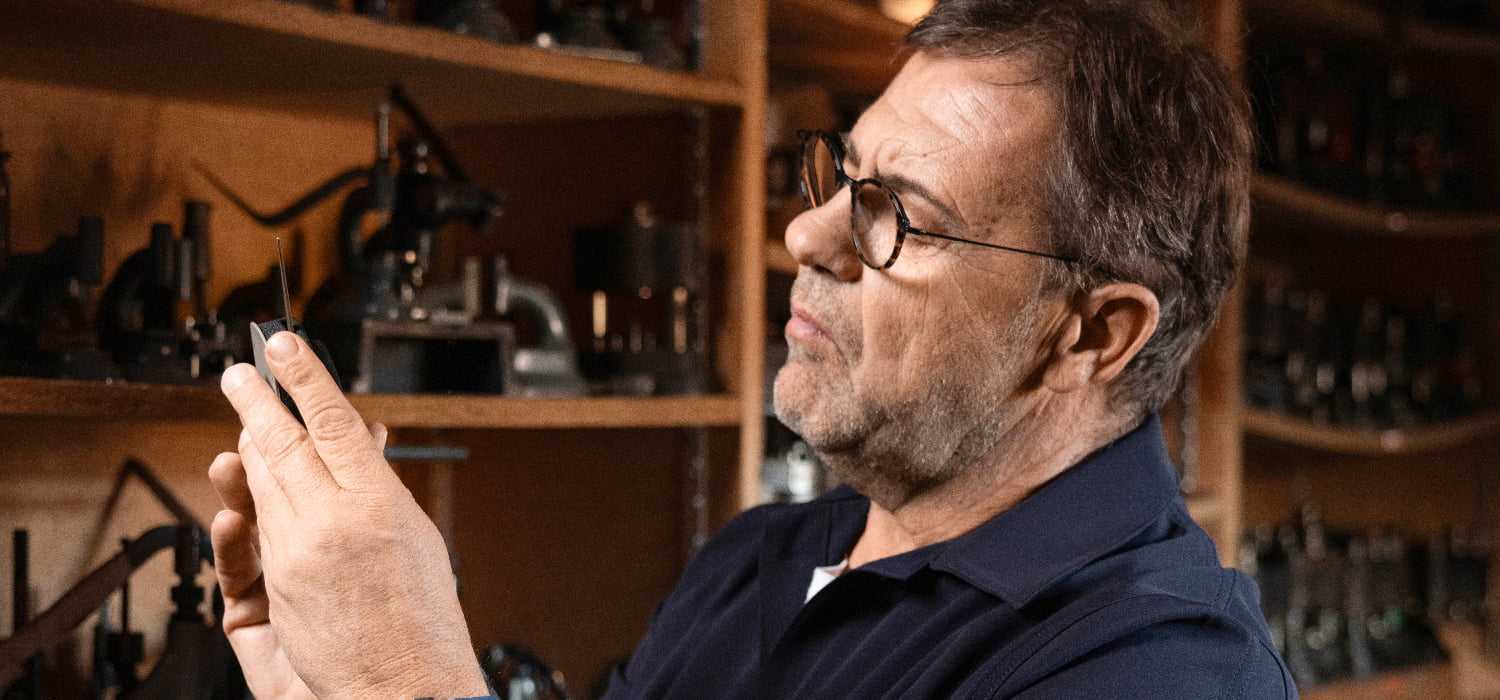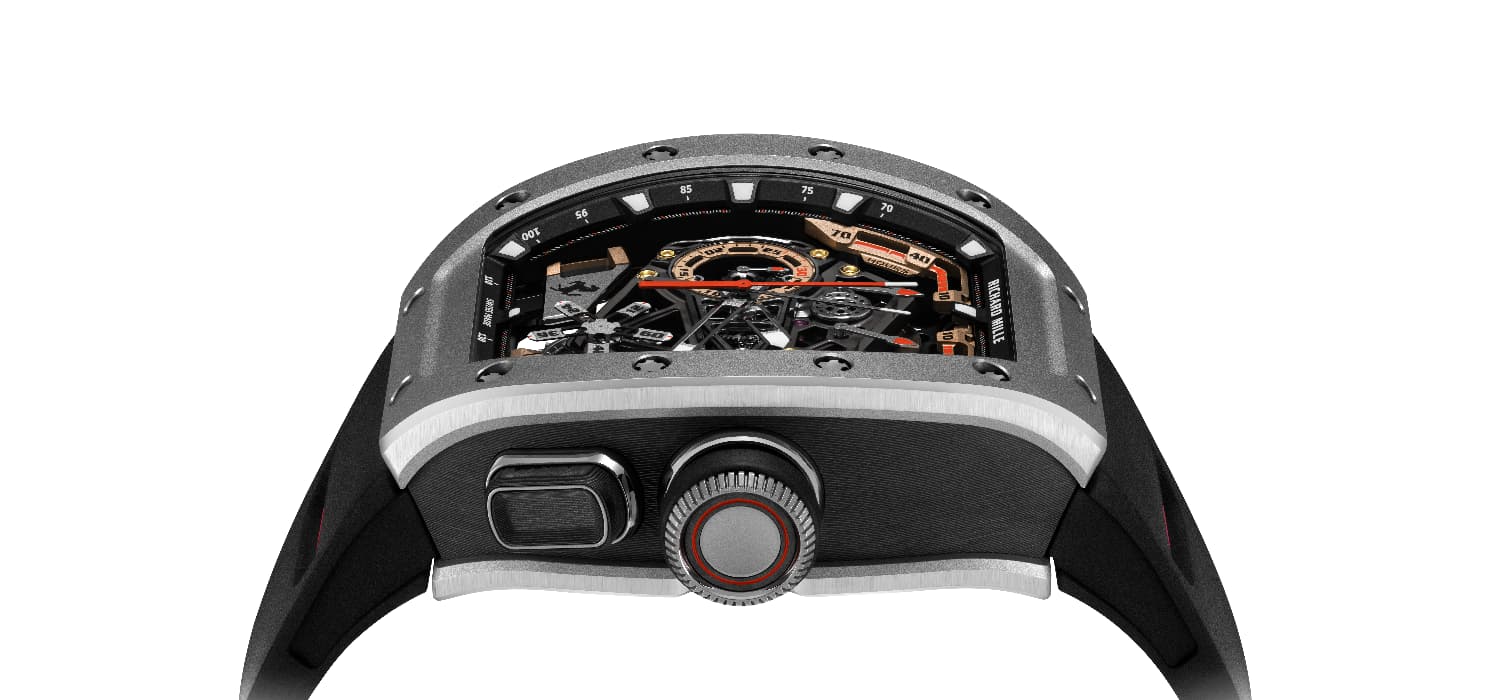
We travel along winding mountain roads lined with snow-covered trees, making our way to Longines headquarters. From the watchmaking workshop to the Longines Museum, we spend an immersive day with the Longines team, who welcome us with warmth that cuts through the crisp winter air.
Departing from Neuchâtel, one of the key centers of Swiss watchmaking, we set out for St. Imier, nestled on the slopes of the Jura Mountains. This hour-long journey through serene, snow-draped landscapes leads us to the historic home of Longines. Since 1867, the brand has crafted its timepieces in this very factory, and for nearly two centuries, the address has remained unchanged. The factory, which serves as Longines’ headquarters, is also home to the Longines Museum. This quiet, picturesque town at the foot of the Jura Mountains has stood as a silent witness to two centuries of Longines‘ rich heritage.

Our visit begins at the Longines Heritage Workshop, where nearly five million movement components are meticulously preserved. From crowns to escapements, thousands of tiny yet essential watch parts are carefully cataloged by date in this extraordinary archive. Florian Jestin, the World Heritage Workshop Manager, guides us through the collection, unveiling remarkable historical pieces—including the chronometer used in the 1914 Olympic Games and the dial of the first dual-time zone (GMT function) pocket watch, originally crafted for the Ottoman Empire. While all handwritten records have now been digitized, there’s something invaluable about seeing these century-old pieces alongside their original documents.

Each year, Longines restores hundreds of vintage timepieces in its World Heritage Workshop. After exploring the archives, we step into the workshop where the restoration process comes to life. Here, a dedicated team of 11 watchmakers and two jewelers meticulously bring over 1,500 watches back to their original glory. In this specialized department, each master is entrusted with the restoration of a single timepiece, ensuring the utmost precision and care.

“A Women-Dominated Watch Workshop”
After exploring centuries-old mechanism parts, our next stop is the assembly workshop, where Longines watches come to life. Emmanuel Mimoso, a seasoned watchmaker, guides us through the meticulous process, offering a step-by-step look at how each timepiece is crafted. He notes that 80 percent of the craftsmen in the workshop are women—a statistic he attributes to their heightened sensitivity and creativity. As a female watch editor, I can’t help but feel a sense of pride in seeing so many women excelling in an atelier at the heart of an industry often perceived as masculine.
For this part of our visit, we don white aprons and overshoes, just like the watchmakers, before stepping onto the workshop floor. The first stage we observe is the delicate process of placing the hands on the dials. Once positioned, each watch is meticulously checked to ensure the hands do not interfere with the movement. After confirming the precision of the mechanism, the casing process begins. Once assembled, both the watch’s aesthetics and functionality undergo rigorous testing before the crown is attached. With every step we witness, our admiration for the precision of watchmaking deepens. After several assembly stages, the watches are subjected to water-resistance tests. More than ten watch cases are placed in a circular formation inside a cylindrical water tank, where they are tested at pressures ranging from 10 to 30 bars. If they meet durability standards, they are then dried on a heated surface. Finally, after passing both technical and aesthetic evaluations, the watches are fitted with their bracelets.
Even here, where not all watches are COSC-certified, Longines tests them against COSC standards whenever possible. From archiving to production, precision and meticulous craftsmanship define every stage of the process at the Longines center.

Historical Archive Room
After lunch at the Auberge de L’Assesseur, an 18th-century restaurant styled like a traditional Jura country house, our next stop is the Longines Museum. We begin our visit in the archive room, home to the brand’s oldest record book, dating back to 1867. Although every document in this room has now been digitized, the thick, hand-written ledgers remain carefully preserved. For those who own a vintage Longines timepiece, the brand offers a unique service—by simply sending an email via the official website, you can obtain detailed historical information about your watch.

Leaving the archive room, we step into the heart of the museum, where a stunning display of milestone models in Longines’ history awaits. The retrospective spans from the golden age of pilot’s watches in the 1920s and 1930s to the brand’s earliest aviation timepieces. It also showcases exquisitely decorated pocket watches with chronometer functions, along with jeweled women’s watches—some of which have never been publicly displayed before.


One of the most captivating sections features a collection of historical movements housed within a glass showcase. Visitors can explore dozens of movements from different eras, each accompanied by a movable magnifying glass that allows for an up-close examination of the intricate details. By gliding the magnifying lens over the display, you can zoom in on a specific movement and read its description, offering a rare chance to observe the mechanical artistry that beats at the heart of Longines timepieces.

For me, the most mesmerizing part of the collection was the women’s watches, many of which I had never encountered before. A ruby-studded wristwatch from 1979 and a 1918 pocket watch with a hand-engraved cover stood out as true masterpieces. The elegant women’s watches of the 1920s and 1930s also deserve special attention, embodying the refined craftsmanship of their time. Another highlight of the museum is the exhibition area dedicated to Longines’ long-standing relationship with racing. Here, visitors can delve into the brand’s history of timing sporting events since the late 19th century, including the Olympic Games. The display features an impressive range of historical equipment, from chronographs to photo-finish cameras, providing a fascinating glimpse into the evolution of timekeeping in sports.
While touring the museum, I reflect on what makes Longines so special—its ability to intertwine with our own histories. The brand’s connection to the Ottoman Empire, for instance, adds a personal layer to our visit. Longines produced the first pocket watch with a GMT function specifically for the Ottoman market, and seeing its dial in the archive room at St. Imier evokes a sense of familiarity. Similarly, spotting the pocket watch produced for the Eastern Railways in 1926 in the museum reinforces this feeling of historical closeness. For those passionate about horology, a visit to the Longines Museum is an experience not to be missed. Here, at the foot of the Jura Mountains in “Es Longines”, the brand has remained for nearly two centuries, crafting not only the most precise but also the most elegant timepieces in Swiss watchmaking. And while you’re here, don’t forget to take in the crisp mountain air of this peaceful Swiss town—it’s all part of the journey.


- A Timeless Icon: Longines
- An Interview with Longines Heritage Director Daniel Hug




